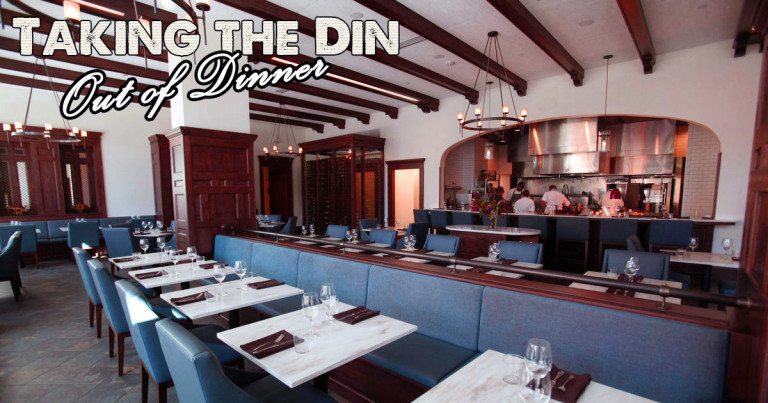Zagat’s 2015 State of Dining in America survey of more than 10,000 diners across the country showed that noise was second only to service as a top dining-out irritant. Comments included, “Great food and service, but the place was so loud we had to shout over dinner. Not cool.” Working with an independent acoustical consultant in your restaurant design and construction, or renovation process can help “Take The Din Out of Dinner.” —Dana Tanyeri
Restaurant Development + Design Magazine Interview
ABD Engineering & Design’s Kristen Murphy in Restaurant Development + Design Magazine interviewed for its “Talk Shop” series, in an article focused on restaurants.
Key questions in the interview included:
- Why are restaurants challenging to get right acoustically?
- When is the best time during the project to consider restaurant acoustics?
- What common mistakes have an impact on acoustics in restaurants?
- What are some strategies restaurants can implement to improve acoustics?
Restaurant Sound Basics
Room acoustics are influenced by two key factors: the total volume (length, width, and height) of the room, and the materials in the room. The greater the volume of the space, and the more reflective the materials, the more the space will echo. Add more noise sources, meaning more people, and the room will get louder and louder. When you start with a main course of high ceilings, you typically need to add a side of more materials that absorb sound to control the sound in the room. Once you’ve tackled that, the heating, cooling, and plumbing systems usually need sound control to keep them from being a noticeable or distracting item on the menu.
Sound Advice for Restaurants
Making acoustics part of a delicious and nutritious meal from the beginning is the most effective advice we can give. An independent acoustical consultant can analyze the designs for your restaurant, or measure existing conditions if you’re approaching the acoustics after construction. We can recommend a variety of treatment materials that look just as good as they make your restaurant sound. Combining acoustics with skilled audio system design can add a gentle layer of privacy to your customers’ conversations; an essential part of a good dining experience. You might not remember a restaurant for its great acoustics, but you’ll remember the awful experience after dining in one with poor acoustics.
Read the Owner Insights about acoustics in his restaurant from Tory Miller, Executive Chef, in Restaurant Development and Design’s November-December 2015 issue.
